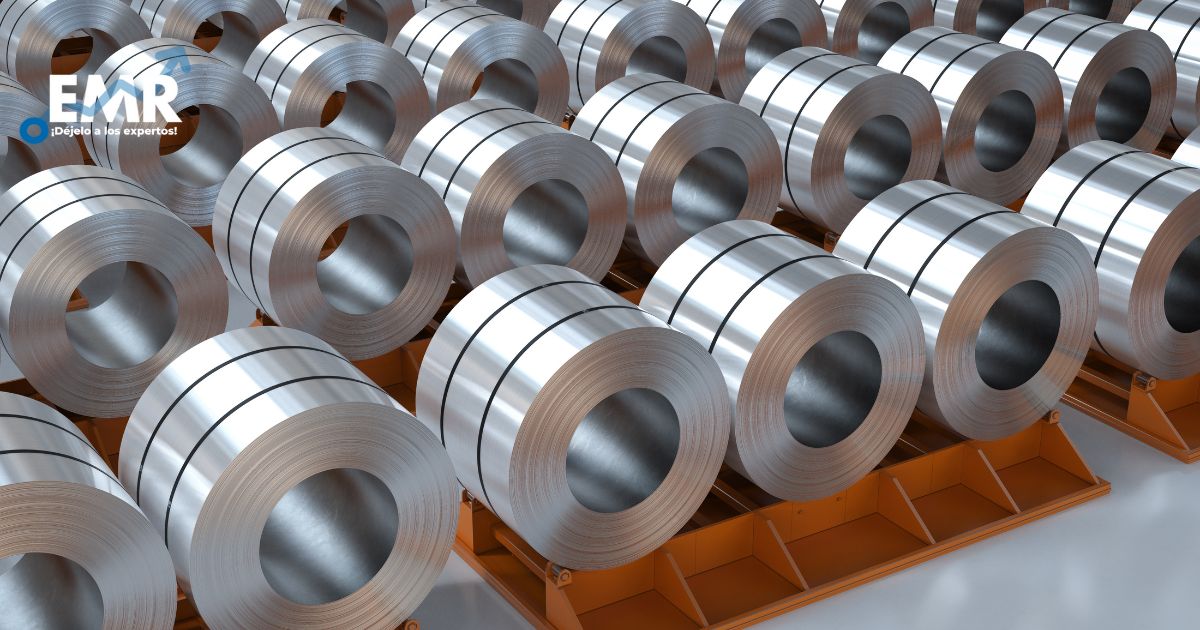The steel market refers to the global industry involved in the production, distribution, and consumption of steel, a fundamental material used in construction, manufacturing, infrastructure development, and various other sectors. This article provides an overview of the steel market, covering its history, production processes, types of steel, market dynamics, environmental impact, and future trends.
Market Overview
Steel is an alloy primarily composed of iron and carbon, with varying amounts of other elements such as manganese, chromium, nickel, and vanadium. It is renowned for its strength, durability, and versatility, making it indispensable in modern industrial economies. The steel industry is pivotal to global economic development due to its role in construction, automotive manufacturing, machinery production, and shipbuilding, among others.
History and Production Processes
The history of steel dates back thousands of years, with early civilizations developing rudimentary methods to produce iron and steel from ore. Modern steel production involves:
- Ironmaking: Conversion of iron ore into molten iron in a blast furnace through chemical reduction.
- Steelmaking: Transformation of molten iron into steel through refining processes like basic oxygen furnace (BOF), electric arc furnace (EAF), and secondary metallurgy.
These processes vary based on the desired properties and applications of the steel, such as strength, corrosion resistance, and formability.
Types of Steel
The steel market offers a wide range of products tailored to specific applications:
- Carbon Steel: Basic steel alloyed primarily with carbon, used extensively in construction, machinery, and infrastructure.
- Stainless Steel: Alloyed with chromium and other elements to enhance corrosion resistance, widely used in kitchenware, automotive parts, and architectural applications.
- Alloy Steel: Enhanced with specific alloying elements (e.g., chromium, nickel, molybdenum) to achieve superior mechanical properties, used in automotive components, tools, and machinery.
- Specialty Steels: Includes high-strength, heat-resistant, and electrical steels for specialized industrial applications.
Market Dynamics
The steel market is influenced by various factors:
- Global Economic Trends: Demand for steel is closely tied to economic growth, construction activity, and industrial production.
- Infrastructure Investments: Government spending on infrastructure projects, such as bridges, highways, and urban development, drives steel consumption.
- Automotive and Manufacturing Sectors: Steel is essential in automotive manufacturing for vehicle bodies, chassis, and components, as well as in machinery and equipment production.
- Trade and Tariffs: International trade agreements, tariffs, and geopolitical factors impact steel prices and market dynamics.
Environmental Impact
The steel industry faces environmental challenges:
- Energy Intensity: Steel production is energy-intensive, contributing to carbon emissions and climate change.
- Resource Use: Consumption of raw materials (iron ore, coal, and limestone) and water resources in steelmaking processes.
- Waste and Emissions: Generation of solid waste, wastewater, and air pollutants during production, requiring stringent environmental regulations and sustainability practices.
Efforts are ongoing to improve energy efficiency, reduce emissions, and explore alternative production methods such as electric arc furnaces powered by renewable energy sources.
Future Trends
The steel market is evolving with technological advancements and shifting consumer demands:
- Green Steel Initiatives: Development of low-carbon and renewable energy-powered steel production technologies.
- Circular Economy: Emphasis on recycling and reuse of steel scrap to reduce raw material consumption and environmental impact.
- Advanced Materials: Research and development in lightweight and high-strength steels for automotive lightweighting and sustainable construction.
- Digitalization and Industry 4.0: Integration of digital technologies for smart manufacturing, predictive maintenance, and supply chain optimization in steel production.
